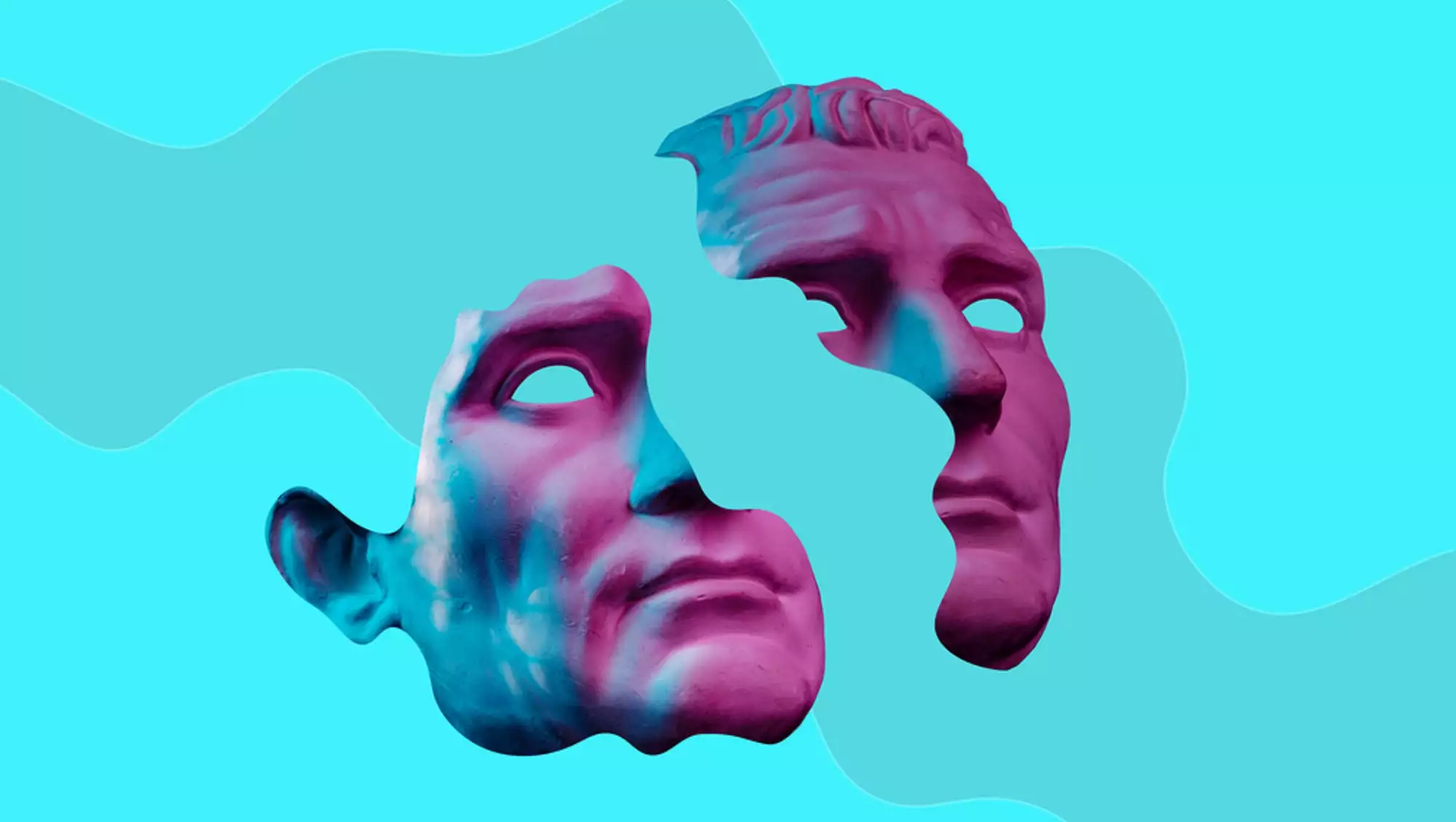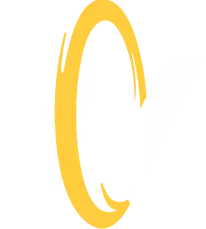How NFTs Are Revolutionizing Digital Art
Digital art has been a transformative force in the art world, pushing the boundaries of creativity and expression through technology.Digital art has been a transformative force in the art world, pushing the boundaries of creativity and expression through technology. However, one persistent challenge has been the difficulty in proving ownership and ensuring fair compensation for digital artists. The advent of Non-Fungible Tokens (NFTs) has revolutionized this landscape, providing a solution that allows digital artists to authenticate, monetize, and protect their work in ways that were previously unimaginable. This article explores how NFTs are revolutionizing digital art, examining their impact on artists, collectors, and the broader art market.

Understanding NFTs
Non-Fungible Tokens (NFTs) are unique digital assets stored on a blockchain. Unlike cryptocurrencies like Bitcoin or Ethereum, which are fungible and can be exchanged on a one-to-one basis, each NFT has distinct information that makes it unique. This uniqueness allows NFTs to represent ownership of specific digital or physical assets, such as art, music, videos, virtual real estate, and more.
NFTs are created through a process called minting, where digital files are converted into tokens on a blockchain, most commonly Ethereum. Each NFT contains metadata that describes the asset and its ownership history, ensuring its authenticity and provenance.
The Impact of NFTs on Digital Art
NFTs have brought significant changes to the digital art world, addressing long-standing issues and opening new opportunities for artists and collectors.
Provenance and Authenticity
One of the primary benefits of NFTs in digital art is the ability to prove provenance and authenticity. Before NFTs, digital art could be easily copied and shared without any way to verify the original creator or owner. NFTs provide a solution by recording ownership and transaction history on the blockchain. This immutable ledger ensures that collectors can verify the authenticity of an artwork and trace its ownership history, significantly reducing the risk of forgery and unauthorized reproductions.
Ownership and Control
NFTs empower artists by giving them full ownership and control over their digital creations. When an artist mints an NFT, they can embed specific terms and conditions, such as royalties. These terms can ensure that the artist receives a percentage of sales whenever the NFT is resold on the secondary market. This feature is particularly beneficial in the digital art world, where works can be easily shared and resold without compensating the original creator. NFTs thus provide a sustainable revenue model for artists, allowing them to benefit from the increasing value of their work.
Monetization and Market Access
The traditional art market has often been exclusive, with significant barriers to entry for many artists. NFTs have democratized access to the art market, allowing artists to reach a global audience without the need for intermediaries such as galleries or auction houses. Artists can mint and sell their NFTs on various online marketplaces, such as OpenSea, Rarible, and Foundation, giving them direct access to buyers.
Moreover, NFTs enable artists to monetize their work in innovative ways. Artists can create limited edition series, offer unlockable content, or even fractionalize ownership of a piece, allowing multiple collectors to own a share of a high-value artwork. These new monetization models have opened up diverse revenue streams for digital artists.
Community and Engagement
NFTs have fostered new forms of community and engagement between artists and collectors. Platforms like Discord and Twitter have become hubs for NFT communities, where artists can interact directly with their audience, share their creative process, and build a loyal following. Collectors, in turn, can gain deeper insights into the artists they support and feel more connected to the creative process.
Additionally, some artists have used NFTs to create interactive and evolving artworks. For example, NFTs can be programmed to change over time or in response to certain conditions, adding an element of interactivity and engagement that traditional art cannot offer.

Case Studies: NFTs in the Digital Art World
Beeple's "Everydays: The First 5000 Days"
One of the most notable examples of NFTs in digital art is Beeple's "Everydays: The First 5000 Days." This digital collage, created by artist Mike Winkelmann (known as Beeple), consists of 5,000 individual artworks created daily over more than 13 years. In March 2021, the NFT for this piece was sold at a Christie's auction for $69 million, making it one of the most expensive artworks ever sold by a living artist. This sale brought widespread attention to NFTs and highlighted their potential to transform the art market.
Pak's "The Merge"
Another significant example is "The Merge" by the digital artist Pak. This NFT project allowed collectors to purchase "mass" units, which could be combined to form a single NFT. The project generated over $91 million in sales, with more than 28,000 collectors participating. Pak's innovative approach to NFT creation and sales demonstrated the flexibility and potential of NFTs in creating unique and valuable digital art experiences.
Grimes' Digital Art Collection
Musician and artist Grimes entered the NFT space by selling a collection of digital artworks titled "WarNymph." The collection included images and short videos, with some pieces accompanied by original music. The sale generated nearly $6 million, showcasing how NFTs can enable artists from various fields to monetize their digital creations and reach new audiences.
The Role of NFT Marketplaces
NFT marketplaces play a crucial role in the digital art ecosystem by providing platforms for artists to mint, sell, and trade their NFTs. Some of the leading NFT marketplaces include:
OpenSea
OpenSea is one of the largest and most popular NFT marketplaces. It supports a wide range of digital assets, including art, music, virtual real estate, and more. OpenSea provides artists with tools to create and list their NFTs, while collectors can browse and purchase a diverse array of digital artworks.
Rarible
Rarible is a decentralized NFT marketplace that allows artists to mint and sell their NFTs without the need for intermediaries. It also features a governance token, RARI, which allows users to participate in the platform's decision-making processes. Rarible's user-friendly interface and community-driven approach make it a popular choice for digital artists.
Foundation
Foundation is an invite-only NFT marketplace that focuses on high-quality digital art and unique creative projects. It provides artists with a curated platform to showcase their work and connect with collectors. Foundation's emphasis on artistic excellence and community engagement has made it a go-to platform for many established and emerging digital artists.
Challenges and Considerations
While NFTs offer numerous benefits to digital artists, there are also several challenges and considerations to keep in mind:
Environmental Impact
One of the most significant criticisms of NFTs is their environmental impact. Many NFTs are minted on blockchain networks that use proof-of-work consensus mechanisms, which require substantial computational power and energy consumption. This has raised concerns about the carbon footprint of NFTs and their sustainability. However, efforts are underway to address these issues, such as the transition to more energy-efficient proof-of-stake mechanisms and the development of eco-friendly blockchain solutions.
Market Volatility
The NFT market is still relatively young and highly volatile. Prices for digital artworks can fluctuate significantly based on market trends, speculation, and investor sentiment. This volatility can create uncertainty for artists and collectors, making it essential to approach NFT investments with caution and due diligence.
Intellectual Property and Copyright Issues
The digital nature of NFTs can complicate issues related to intellectual property and copyright. Artists must ensure that they have the rights to tokenize and sell their work as NFTs, and buyers need to be aware of what rights they are purchasing. Clear communication and legal agreements are crucial to avoid disputes and protect the interests of all parties involved.
Accessibility and Inclusion
While NFTs have democratized access to the art market, barriers still exist for some artists and collectors. High transaction fees, known as gas fees, on blockchain networks like Ethereum can be prohibitive, especially for emerging artists. Additionally, the technical complexity of creating and managing NFTs can be a hurdle for those unfamiliar with blockchain technology. Efforts to reduce fees, simplify processes, and provide educational resources are essential to make the NFT space more inclusive.
The Future of NFTs in Digital Art
The future of NFTs in digital art looks promising, with several trends and developments likely to shape the landscape:
Mainstream Adoption
As awareness and understanding of NFTs grow, more mainstream artists, collectors, and institutions are likely to enter the space. This increased participation will bring greater legitimacy and stability to the market, encouraging further innovation and investment.
Integration with Augmented and Virtual Reality
The integration of NFTs with augmented reality (AR) and virtual reality (VR) technologies will create new immersive and interactive experiences for digital art. Artists can create AR-enhanced artworks that can be viewed and interacted with in physical spaces, or VR environments where collectors can explore virtual galleries and exhibitions.
Development of Eco-Friendly Solutions
The push for sustainability will drive the development and adoption of eco-friendly blockchain solutions. Proof-of-stake mechanisms, layer 2 scaling solutions, and green blockchain projects will help reduce the environmental impact of NFTs, making them more sustainable in the long term.
Enhanced Interoperability and Standards
Improved interoperability and the establishment of standards for NFTs will enable seamless integration across different platforms and ecosystems. This will enhance the utility and value of NFTs, allowing them to be used in various applications beyond art, such as gaming, virtual real estate, and digital identity.
Continued Innovation in Creative Expression
Artists will continue to explore the creative possibilities of NFTs, pushing the boundaries of digital art. This includes experimenting with programmable and dynamic NFTs that can change over time or in response to certain conditions, creating unique and evolving artworks.

Conclusion
NFTs have brought a revolutionary change to the digital art world, addressing long-standing challenges related to provenance, ownership, and monetization.
